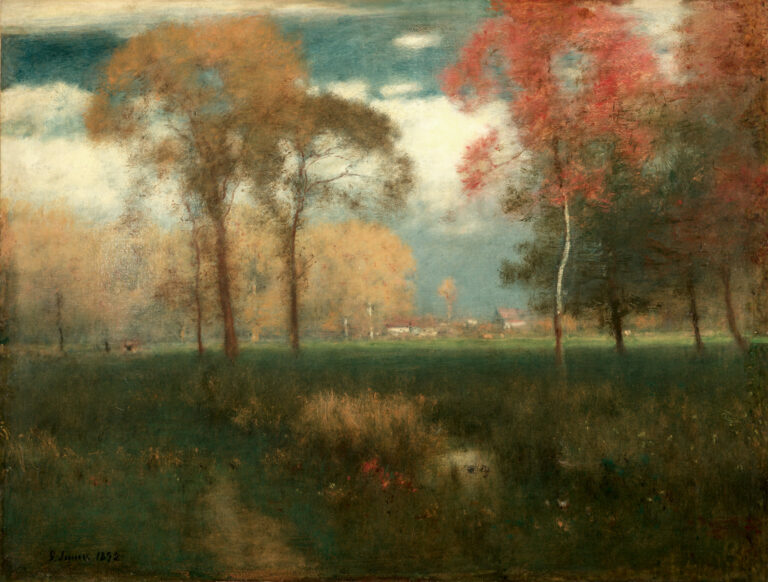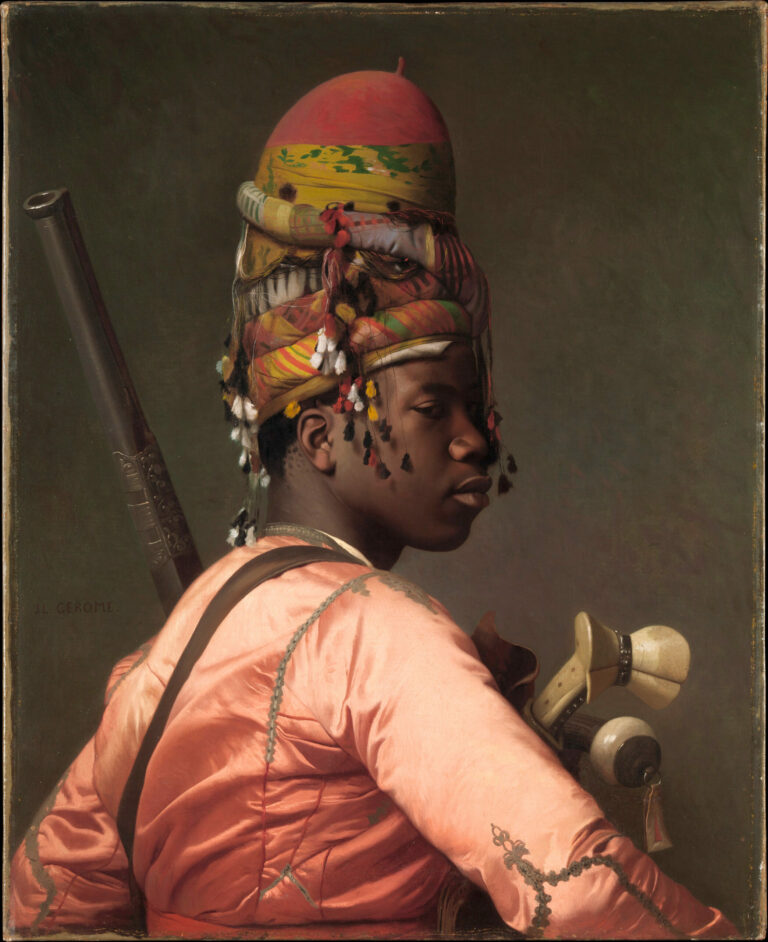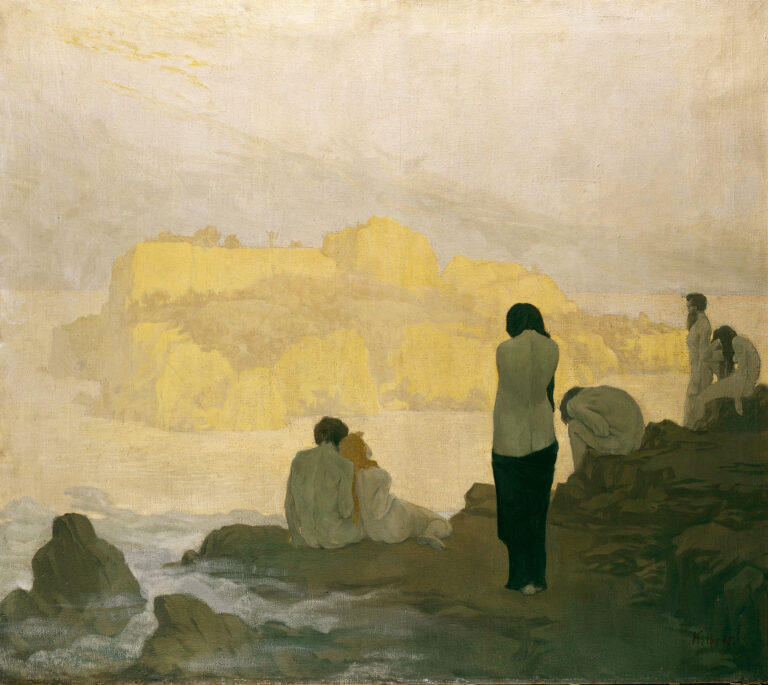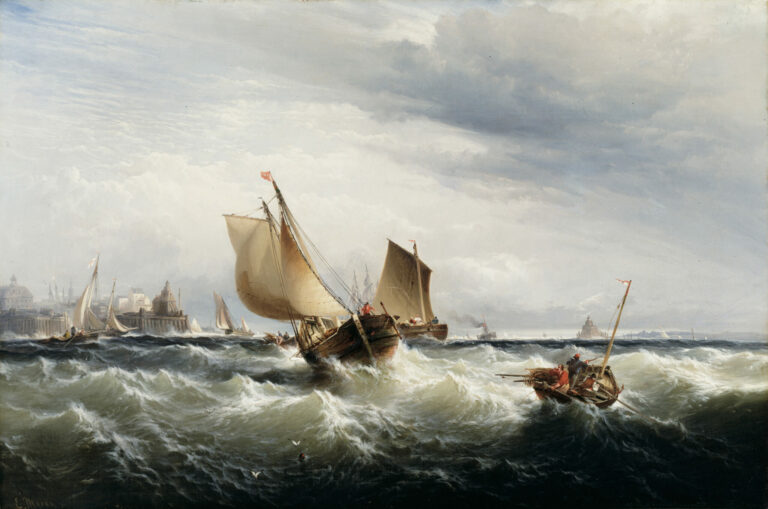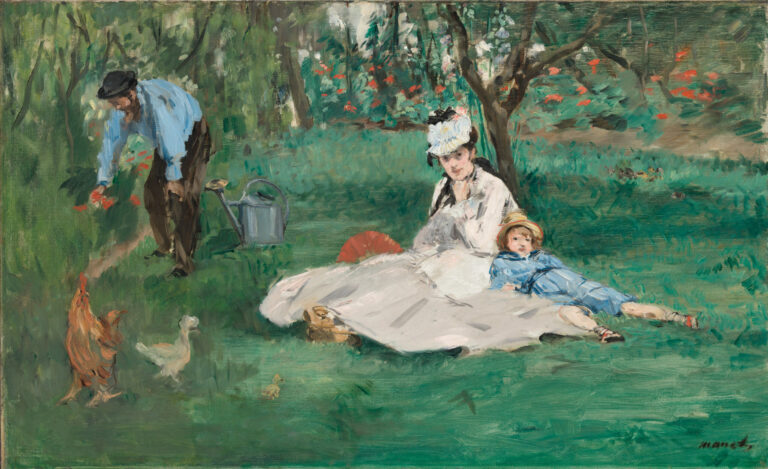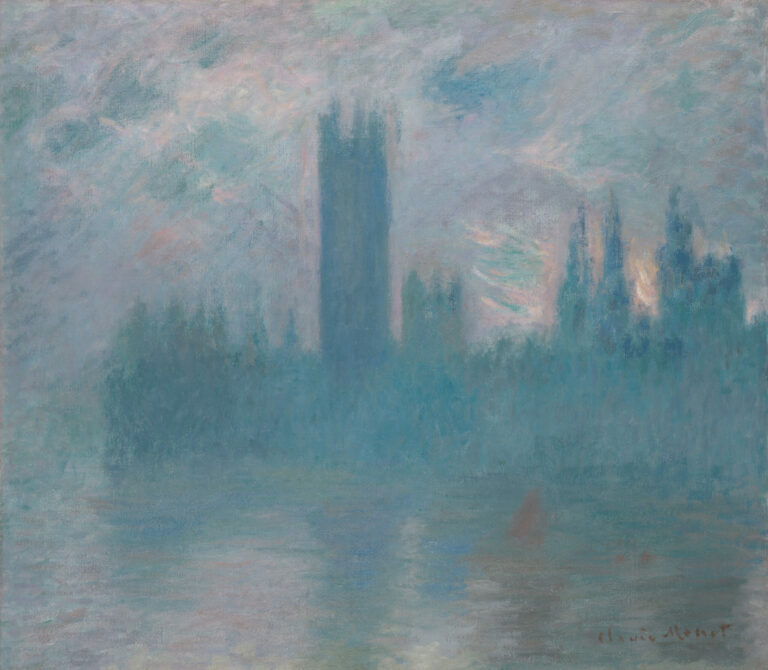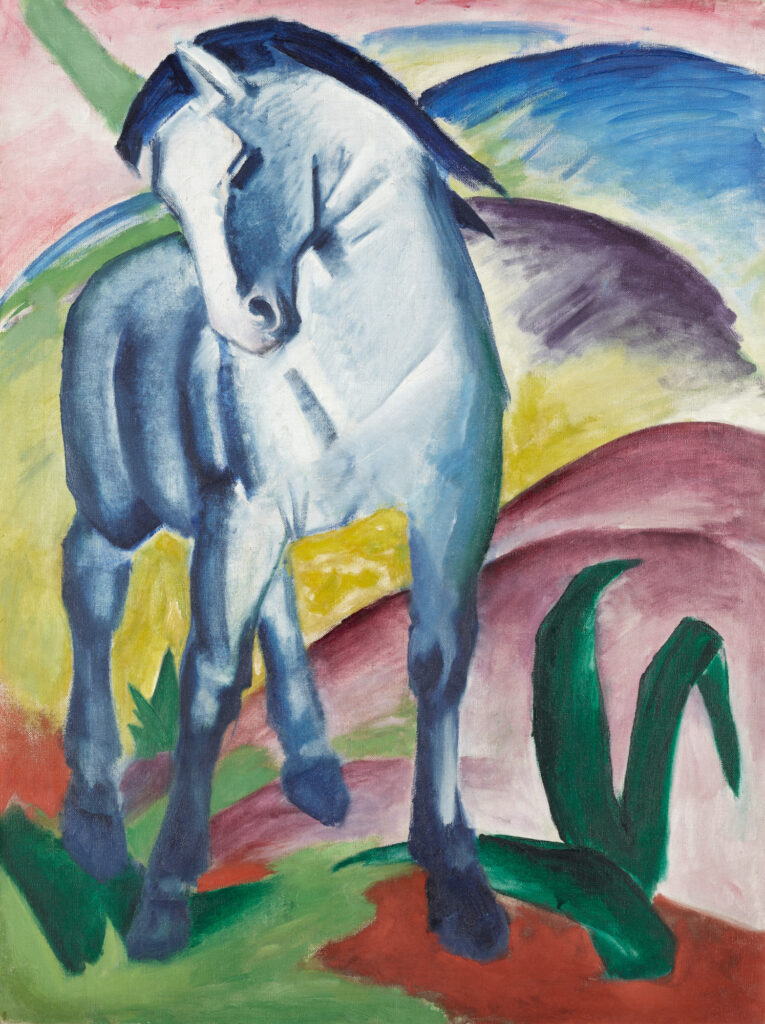
Munich, 1911. Franz Marc sets down his brush. Before him, a blue foal embodies his spiritual quest. German Expressionism reaches a pinnacle of symbolic purity.
A Chromatic Symphony
A young horse rears up, angular and vibrant. Its cobalt blue body reveals luminous white touches. Its mane and hooves intensify into deep navy blue. The tilted head gives the animal a contemplative, almost human presence. Marc applies the oil in slightly fractured forms. The background explodes in complementary contrasts. Vermilion and green dominate the lower composition. Violet, blue, and orange burst forth above. This color orchestration is not decorative. It materializes a precise theory.
The Blue Rider’s Color Manifesto
In 1910, Marc developed a radical color symbolism. Blue represents the masculine and spiritual principle. Yellow embodies feminine gentleness. Red symbolizes the raw matter to be transcended. This work perfectly illustrates this system. The blue foal rises above the earthly. It embraces the ambition of the Der Blaue Reiter group, founded with Kandinsky. The animal becomes a bearer of spirituality, like the romantic riders of Caspar David Friedrich. Marc transfigures “natural color” into “the color of essence.” This oil on canvas marks a decisive turning point in Munich Expressionism.
A Sacrificed Generation
Throughout his life, Franz Marc (1880-1916) explored nature as a spiritual refuge. Born in 1880, he died at the front in 1916, during the Great War. His colorful bestiary sought a purity lost by humanity. “Blue Horse I” synthesizes his unique pictorial language.
Think About It
💭 And you, what emotion do you feel facing this blue that defies naturalistic conventions?
About this work
- Blue Horse I, Franz Marc, 1911, Städtische Galerie im Lenbachhaus, Munich
- Oil on canvas, 112 × 84.5 cm
- Städtische Galerie im Lenbachhaus, Munich
- https://www.lenbachhaus.de/en/digital/collection-online/detail/blaues-pferd-i-30019621

